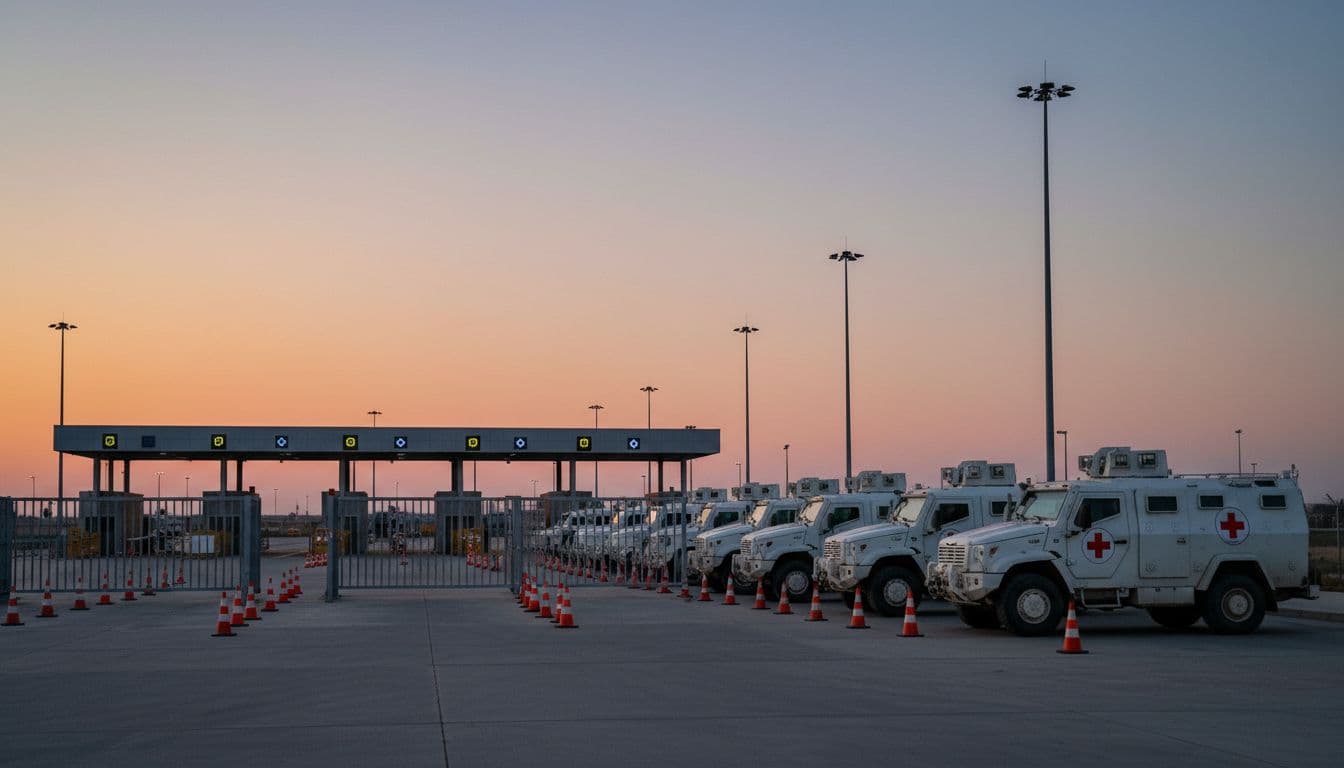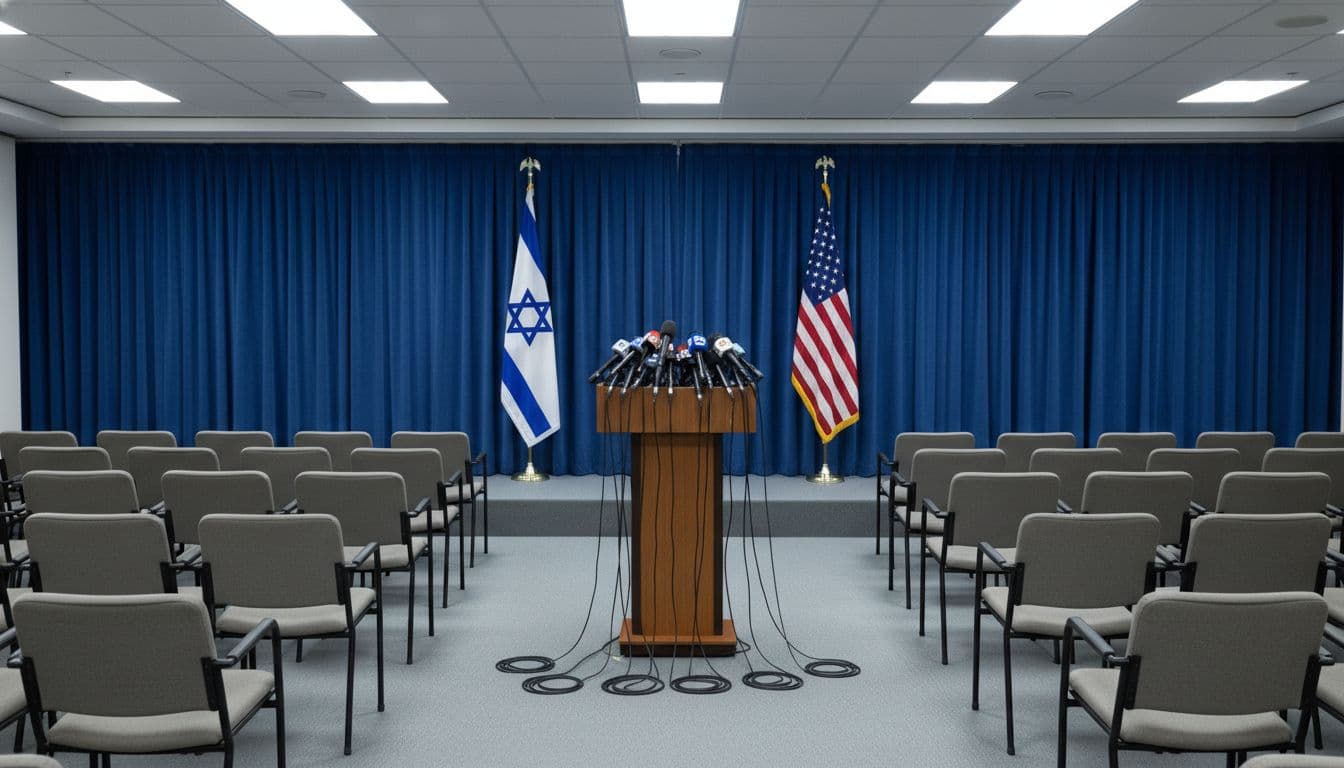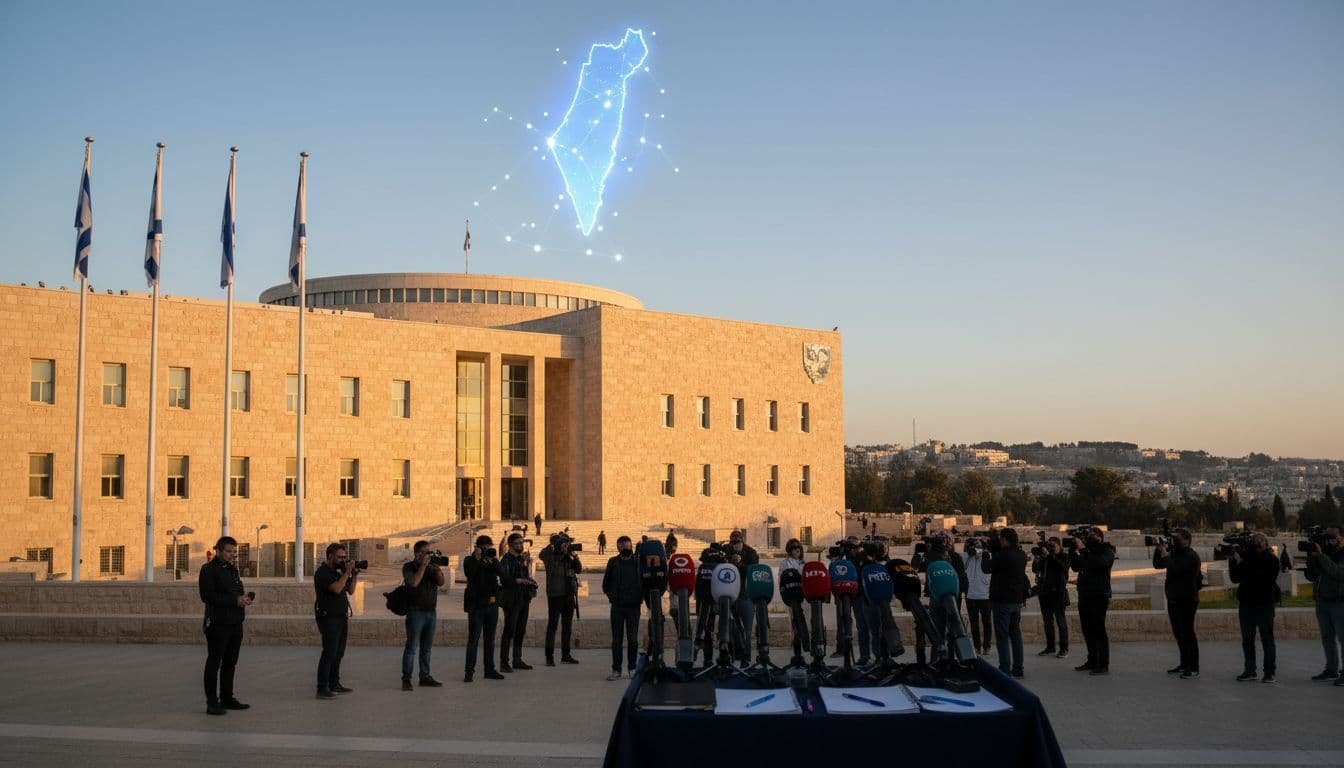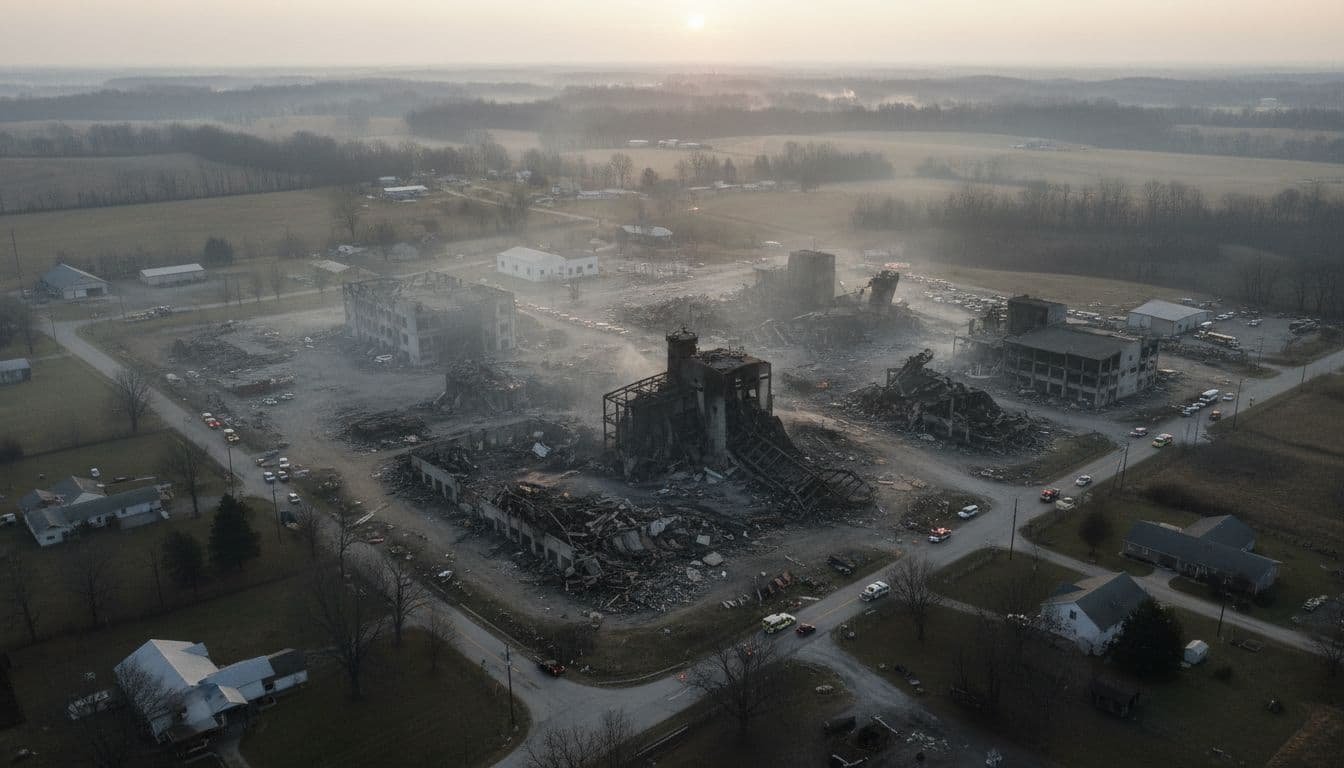Summary: Israeli officials announced that all living hostages held in Gaza have been freed. The development coincides with a ceasefire arrangement and intensifying diplomatic activity, including remarks in Israel’s parliament that signal a new phase in regional negotiations. Here is what we know so far, why it matters, and what could come next.
Key Developments at a Glance
- Officials say all living Israeli hostages have been released from Gaza following coordinated operations and negotiations.
- A ceasefire is in effect, with international mediators monitoring compliance and humanitarian access.
- Diplomatic attention is shifting to longer-term security guarantees, governance in Gaza, and reconstruction frameworks.
- Families of former hostages and victims’ groups call for accountability, transparency, and sustained support.
How the Hostage Releases Came Together
The release of the remaining living hostages reflects weeks of high-stakes mediation, pressure from allied governments, and coordination among humanitarian organizations. While the precise timeline and operational details remain sensitive, the pattern typically involves:
- Phased handovers at designated checkpoints, often overseen by international organizations, medical teams, and security observers.
- Medical screening and reunification to ensure immediate care and verify identities, followed by contact with families.
- Verification and documentation by state authorities, humanitarian agencies, and independent monitors.
The releases also underscore the role of sustained diplomacy. Mediators focused on building narrow agreements that could be implemented quickly while leaving more complex issues for follow-on talks. That incremental approach, while imperfect, helped lower the temperature enough to unlock the final releases.

Ceasefire Mechanics: What to Watch
Ceasefires are fragile. Implementation often hinges on clarity, monitoring, and credibility. Key elements typically include:
- Clear terms: Defined start times, prohibited actions, and communication channels among parties.
- Monitors and verification: Third-party engagement to log incidents and reduce disputes over facts.
- Humanitarian corridors: Predictable windows for aid convoys, fuel, medical evacuations, and repairs to critical infrastructure.
- Escalation prevention: Rapid-response mechanisms to manage violations and prevent tit-for-tat cycles.
In the days ahead, observers will track whether aid flows increase, power and water systems stabilize, and border crossings operate with fewer interruptions. Even with a truce, local flare-ups can occur; the question is whether parties contain them without collapsing the broader pause.
Humanitarian Priorities After the Releases
With the immediate hostage emergency easing, attention turns to health services, housing, and trauma support. Humanitarian actors are likely to prioritize:
- Emergency care: Triage for injuries and chronic conditions that worsened during the conflict.
- Food, water, and shelter: Scaling deliveries and repairing basic utilities.
- Mental health: Counseling for former hostages, families, first responders, and communities exposed to prolonged violence.
- Education and livelihoods: Reopening schools, supporting small businesses, and restoring civic services where possible.
Longer term, donors are already discussing reconstruction funds, oversight, and safeguards to ensure aid reaches civilians and critical infrastructure without being diverted.

Diplomatic Signals and Political Implications
Statements in Israel’s parliament and allied capitals highlight a shift from emergency response to strategic planning. The core questions now include:
- Security guarantees: What mechanisms will deter renewed attacks and protect civilians on both sides?
- Governance in Gaza: Who will manage civil administration, and how will they be supported and held accountable?
- Regional role: How will neighboring states and international partners help monitor the ceasefire, support policing, and fund reconstruction?
- Justice and accountability: Parallel efforts may advance on detainees, alleged violations, and pathways for legal redress.
Domestically in Israel, families of hostages and victims have shaped the political agenda, demanding transparency and a plan to prevent recurrence. In Gaza, civilians will look for rapid improvements in safety, access to services, and a credible roadmap for recovery.
What This Means for the Region
Although the immediate hostage crisis appears resolved, the structural drivers of conflict remain. The potential outcomes over the next few weeks include:
- Stabilization scenario: The ceasefire holds, aid expands, and minimal trust-building steps reduce tensions.
- Fragile calm: Isolated incidents occur but are contained; negotiations continue in fits and starts.
- Relapse risk: A serious violation triggers escalation; mediation tries to salvage the truce.
International actors can help by maintaining pressure for compliance, funding humanitarian operations, and supporting mechanisms that improve day-to-day life for civilians. These practical steps often matter more to peace prospects than grand statements.

Voices of Families and Survivors
For families of former hostages, relief is tempered by grief, uncertainty, and the hard work of recovery. Support networks emphasize:
- Medical and psychological care tailored to prolonged captivity and trauma.
- Financial and legal assistance to navigate benefits, documentation, and employment impacts.
- Community rebuilding that honors victims and strengthens preparedness.
Public ceremonies, memorials, and listening sessions can help communities process events while keeping policy makers focused on prevention and accountability.
What to Watch Next
- Compliance metrics: Incident reports, border openings, and daily aid volumes.
- Negotiation tracks: Security arrangements, governance plans for Gaza, and detainee issues.
- Reconstruction roadmaps: Damage assessments, donor pledges, and transparent oversight.
- Public confidence: Polling on safety, economic prospects, and trust in institutions.
The release of all living hostages is a pivotal humanitarian outcome and a rare point of consensus across the region and abroad. Whether it becomes a turning point depends on what follows: a durable ceasefire, credible governance, and tangible improvements for civilians. The next weeks will reveal if leaders and mediators can convert this moment into lasting stability and a path away from recurring crisis.
To contact us click Here .







